In recent years, various international museums have been confronted with ownership and restitution claims over heritage artefacts and artworks that were either misappropriated under imperial rule or outright looted during the world wars. A specific feature in many of these claims is gaps in ownership records and the chain of custody.
In 2002, heirs of World War II victim Dr Arthur Feldman made restitution claims over four old master drawings in the British Museum’s permanent collection. A private collector had bequeathed these drawings to the museum in 1997. The Feldman heirs provided evidence that the four drawings originally belonged to a much larger collection of 750 works that had been confiscated under the Nazi regime.
The Feldman family subsequently approached the Commission for Looted Art Europe (CLAE) to present their findings to the British Museum. Together, both parties sought arbitration from the Spoliation Advisory Panel (SAP), who took further advisement from the High Court.
The court ruling categorically stated that, under existing law, the museum was barred from returning the drawings, declaring that only an act of Parliament could authorise the release of the drawings. However, the strength of the heir’s moral claim was duly acknowledged. Being mindful of the ‘gap in provenance’, and the lack of background checks on the part of the museum, the drawings were appraised by reputed auction houses in the UK, and the Feldman heirs were given an ex gratia payment of 175,000 UK pounds.
Modern museums cannot afford to be comprehensive collectors of stolen objects with uncomfortable histories
More recently, in 2019, legal heirs of prominent Dutch abstractionist Piet Mondrian, made restitution claims over eight seminal works by the artist, housed at the Kaiser Wilhelm Museum in Krefeld, Germany. The heirs claimed that Mondrian lent these paintings to the museum for inclusion in an ‘international avant-garde art’ exhibition in 1939. Tragically, the exhibition never took place and Mondrian fled Europe during the 1940s under fear of Nazi oppression.
The paintings reappeared ‘under mysterious circumstances’ and were listed in the museum’s inventory for the first time in 1954, 10 years after Mondrian’s death. Moreover, the museum director at the time bartered four of the paintings for artworks by other artists. The remaining four Mondrians have been part of the Kaiser Wilhelm Museum’s permanent collection for over 90 years. The heirs, seeking restitution for all eight works, suggest that the Museum acted unethically in this case, without the obligatory provenance checks that are required for items held in permanent collections.
The city of Krefeld maintains its position that the paintings were gifted by the artist, although they are unable to support this claim with any documentation. Since Mondrian made no claims to these works during his lifetime, the museum asserts its ownership rights, stating that the statute of limitations rules out any restitution claims made now. Legal proceedings are underway and a final decision is awaited.
Such cases present compelling arguments from both sides. What we see often is the recurrence of concepts such as provenance and accountability for acquisitions, proper procedures in matters of accession and de-accession, transparency of public collections, the efficacy of arbitration versus litigation, specialist committees with expertise in representing minority groups and a sacred regard for public property.
Museums are tasked with an important public service — preservation and care for national culture and heritage. This position holds considerable public confidence and trust. In developed countries, therefore ,art and culture sectors have become elaborate ecosystems in themselves. Standard practices, such as insurance against theft or damage, studio insurances against workplace injuries, minimum pay rates for artists, are implemented to protect artists at an individual level.
At the organisational level, museums follow modern management processes ranging across a wide spectrum from codes of ethics and inventory and documentation standards to museum security guidelines and disaster preparedness programmes.
Art organisations also engage highly trained professionals, such as conservation specialists, authentication and provenance experts, appraisal consultants, art litigators, installation and handling professionals, and specialists in packing and transporting artworks.
It is by adhering to these rigorous professional standards that museums are able to rectify past mistakes and maintain their integrity and reputations. The unprecedented recent awareness and eagerness shown by Western museums in repatriating heritage artefacts and artworks to indigenous populations is only possible because covering the gap in provenance for disputed items is no simple matter — it is proof of their misappropriation under colonial rule. In this day and age, modern museums cannot afford to be comprehensive collectors of stolen objects with uncomfortable histories.
This growing consideration of a moral dimension will hopefully bear fruit. Who knows, in the near future, the Elgin marbles might return to Greece, and Pakistanis will get to marvel at the Kohinoor in a local museum.
Published in Dawn, EOS, October 4th, 2020
















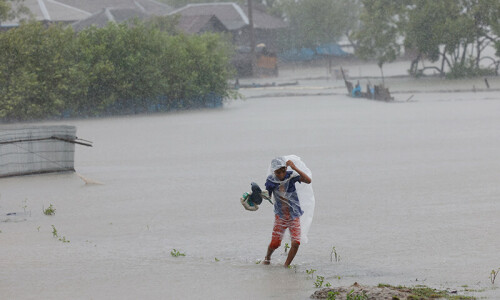
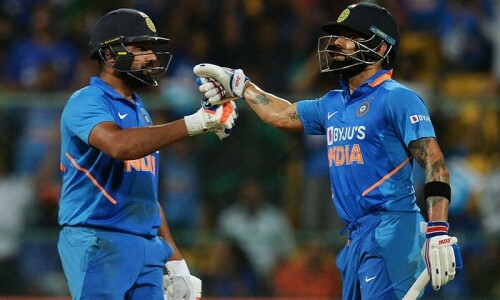
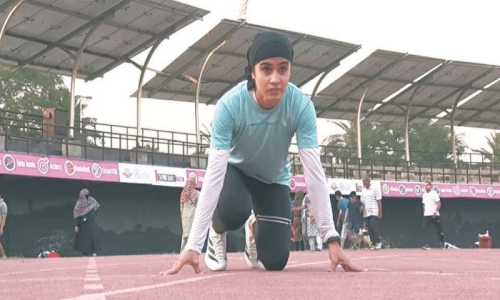

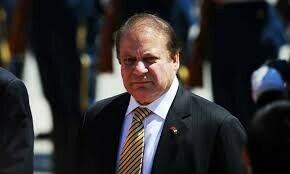




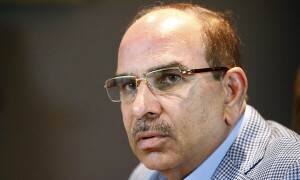






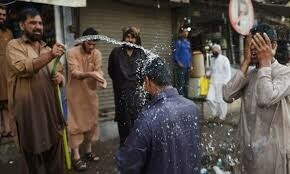



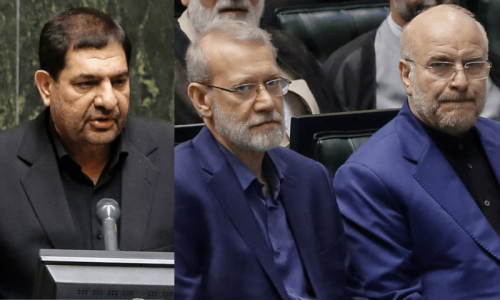









Dear visitor, the comments section is undergoing an overhaul and will return soon.